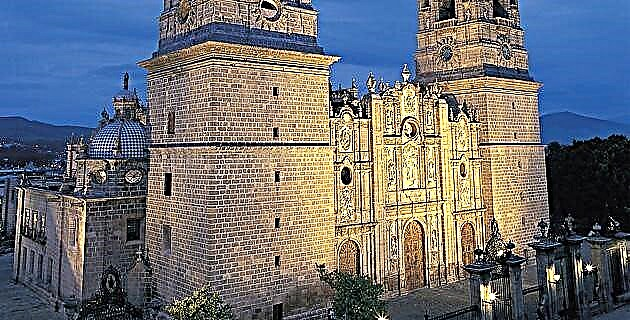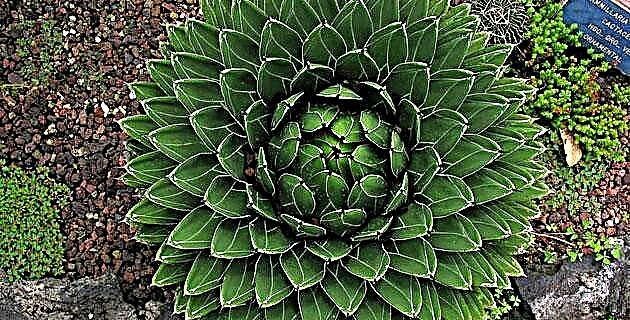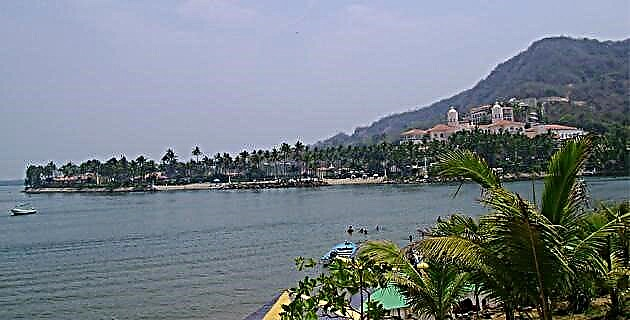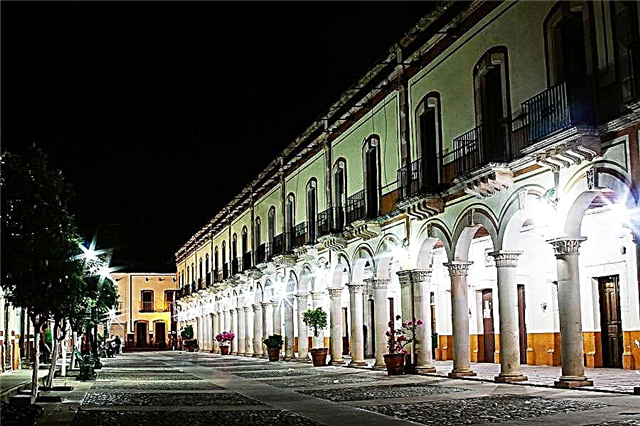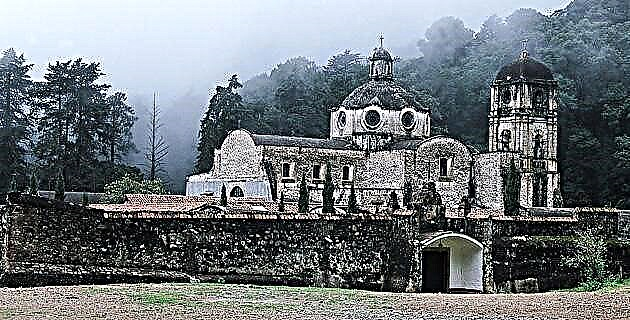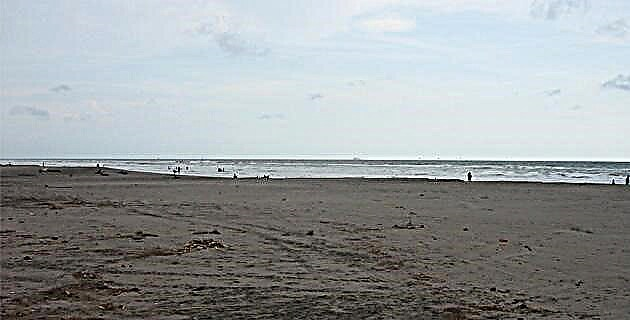
What does this place have that many others along the Pacific Coast don't have?
Because it is open sea, it does not have bays, its waves are not suitable for sport, and shells are rarely found on the sand; normally the wind blows strongly and, when not, mosquitoes swarm, eager to bite; its tourist services are minimal ... so what makes Sesteo an attractive place? Well, nothing more and nothing less than its food, its tranquility and its people. Isn't that enough?
Withdrawn from the main tourist routes in the state of Nayarit, Sesteo is reached by a 40 km paved road that starts from Santiago Ixcuintla, a nice commercial town with interesting architecture from the Porfirian period, and ends at the Los Corchos ejido, to There, continue through a gap of one kilometer of land, up to where you will find a series of arches that, during tourism periods - which are rare there - serve as an arrival point for visitors.
Yes, the days of tourism are few: all of Easter and some of Christmas and New Years, nothing more. Summer presents a rainy season that scares away any curious, and the rest of the year only the locals travel its places and its beach, in a very particular and routine rhythm of life for them.
At first glance, Sesteo is nothing more than a fishing village, with some houses made of material (cement and block) that are only inhabited during the holidays because most of the people live in Los Corchos. Knowing it more thoroughly, however, leads us to discover that not even fishing is the primary modus vivendide its inhabitants, and when we see the abandoned country houses we understand that once, many decades ago, the settlement promised for more, but its destiny was another.
About forty years ago, according to the locals who came during those times, the highway was built that came to benefit towns such as Otates, Villa Juárez, Los Corchos and Boca de Camichín (where it ends in gap). Due to it, the growth of the coastal area began, which by then was famous for its production of fish and oysters, as well as shrimp both from the sea and the generous estuaries that in fact abound throughout that Nayarit region. Thus, with a paved road, the villagers were able to move their products more quickly and wholesale buyers were able to get them fresh and at a great price. In the same way, thanks to that road, someone had the idea of projecting a tourist area, dividing lots that were sold quickly and where the new owners immediately began to build their weekend houses, in that region with a promising future. The settlers saw how their forgotten homeland grew and received people who had never set foot on those lands before.
However, the forces of nature marked another course. The bar began to widen, gaining ground to the fractionation. Several houses were affected and some were completely lost underwater. Since then most of the farms have been abandoned, except for a few whose owners occasionally visit, many others who are supervised by someone daily, and the hotel, which barely survives, more for the pride of its owner than for being a business per se. Here it is worth mentioning that in this modest but clean hotel, the cost per night in a double room is equivalent to the price of two magazines from unknown Mexico. That's how unusually cheap life is there!
The fleeting adventure of profitable tourism did not dampen the spirits of the inhabitants. They still made their living from fishing or agriculture. Yes, it sounds strange, but many of the ejidatarios of Los Corchos are fishermen or farmers, or both, because those lands are also fertile and lavish. Not for nothing some of the best and most extensive tobacco plantations are found in the Villa Juárez region; Likewise, beans, tomato, watermelon and other vegetables are grown.
Like most of the coastal people, the people of Sesteo are very friendly and simple. They like to serve tourists and talk with them, ask them about their places of origin and tell them stories about the sea. Spending an evening in his company is to enter a world that does not exist in big cities. This is how we learn about hurricanes; about the phases of the moon and how they affect tides, wind and fishing; about the sea as an entity or a spirit that feels, suffers, has fun, gives when happy and takes away when angry. There we also heard about the vicissitudes of the fisherman, his exploits -like that of a man who caught an 18-kilo snapper with his hands- and even his anecdotes, such as the one that says that many years ago some prisoners from the Marías Islands (which are a few kilometers in a straight line from the beach) managed to escape in poorly made rafts and arrived safely on the coast of Sesteo, from where they fled never to be heard from again.
Things like these we learn while Doña Lucía Pérez, from the El Parguito “restaurant”, prepares a robalo shaken with huevona sauce (made with tomato, onion, cucumber, green chili and Huichol sauce) and a salad of black shrimp from the estuary that, according to us says her husband, Don Bacho, it is tastier than sea food: after tasting it, we have no doubt about it.
It is already night, with a wind that drives away the annoying gnats; Under the dim light of a spotlight, Doña Lucía and her daughter-in-law Balbina work in the humble kitchen, with a clay and wood oven, to serve their only customers, who between sips of beer enjoy a conversation with Don Bacho, a former ejidal judge, and his son Joaquín, a fisherman by trade. His young children listen attentively without intruding into the conversation. The atmosphere and the setting is most pleasant.
“It's very quiet here, we are all family or friends. You can camp on the beach without being disturbed. We have to look out for your safety because this way we maintain the reputation of a safe place. Almost no one stays the night, everyone comes to spend the day and leaves. The little hotel almost never has people, but when it gets full we see how to accommodate our friends ”.
That's right, the customer who arrives and shares time and experiences with them becomes more than just an acquaintance. That's the kind of kindness that sets these villagers apart - after two or three nights of being together, friendship is born.
On vacation days the movement in Sesteo is minimal. Here and there you see families and couples enjoying the sea, the sun, the waves, and walking along the beach of about a kilometer and a half from bar to bar. The tranquility is absolute. Only during Holy Week can you speak of crowds, "crowds" and hustle and bustle. It is in those days when there is surveillance of the Navy, whose members make constant tours of the area to avoid problems, and apart from installing a lifeguard that, fortunately, has never had to make an effort in its work.
To greet tourists for the Christmas season, we see locals working in their enramadas (or palapas, as they are called in other regions). That is how we met Servando García Piña, who was preparing to prepare his position for the days of tourist influx. He takes care of putting new palm leaves to cover himself from the wind, while his wife arranges what will be the kitchen. Her two young children play around and help out in their own way. Servando stops for a while to rest and prepare coconuts that he sells when requested. He is also a great conversationalist and entertains himself by narrating endless anecdotes, as we enjoy the delicious shrimp empanadas that his wife has just cooked.
Sesteo can also be taken as a starting point to visit other places, such as Los Corchos beach, Boca de Camichín, where excellent oysters are sold, or go to Mexcaltitlán by boat, on a long journey through the river and estuaries of exuberant vegetation. and fauna, to know the mythical town from where the Aztecs departed. If you become friends with a fisherman, you can accompany him fishing in the sea or catching shrimp in the estuaries, it is a very interesting and illustrative experience.
In short, Sesteo is an ideal place for those who like to eat well and cheaply, in quiet places, to explore places little visited by crowds, and to live with people who are far from all contamination.

